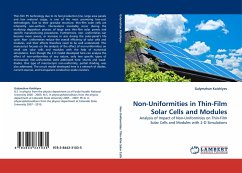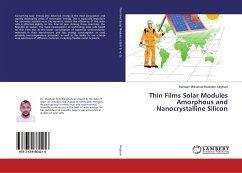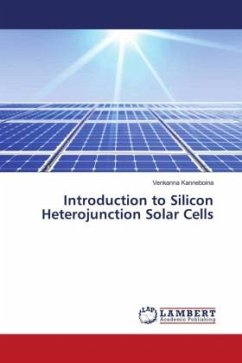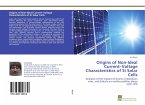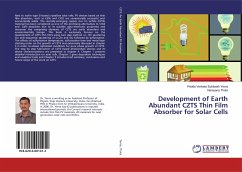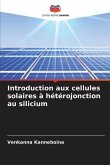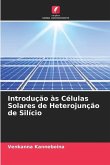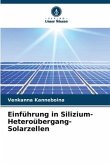Thin-film PV technology due to its fast production line, large area panels and low material usage, is one of the most promising low-cost technologies. Due to their granular structure, thin-film solar cells are inherently non-uniform. Fluctuations inevitably occur during the multistep deposition process of large area thin-film solar panels and specific manufacturing procedures. Furthermore, non- uniformities can become more severe, or increase in size during the solar-panel's life cycle. Non- uniformities reduce the overall efficiency of solar cells and modules, and their effects therefore need to be well understood. This manuscript focuses on the analysis of the effect of non-uniformities on small size solar cells and modules with the help of numerical simulations. Even though the 2-D model developed here can analyze the effect of non-uniformities of any nature, only two specific types of microscopic non-uniformities were addressed here: shunts and weak-diodes. One type of macroscopic non-uniformity, partial shading, was also addressed. The circuit model developed here is a network of diodes, current-sources, and transparent-conductive-oxide resistors.
Bitte wählen Sie Ihr Anliegen aus.
Rechnungen
Retourenschein anfordern
Bestellstatus
Storno

